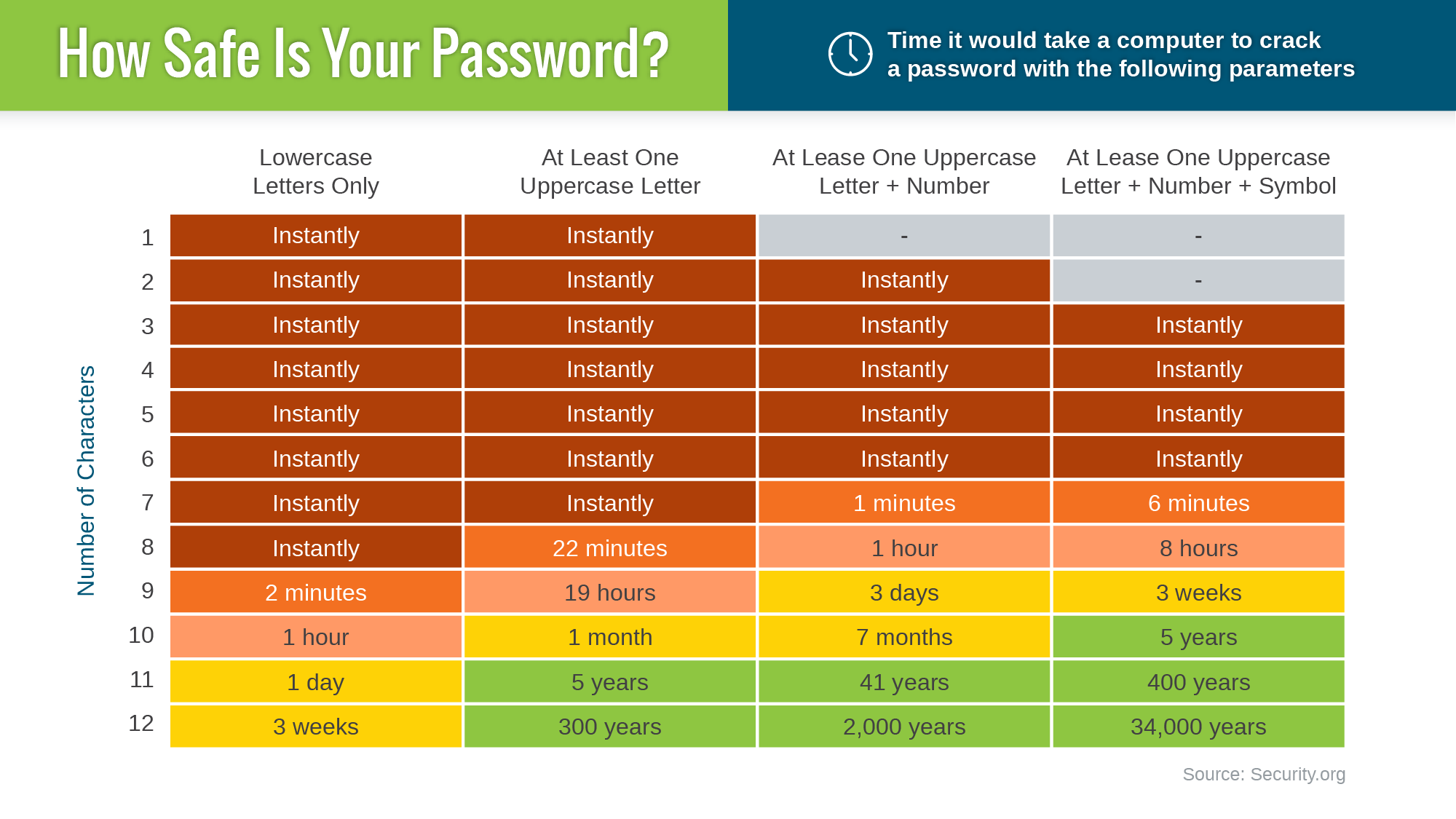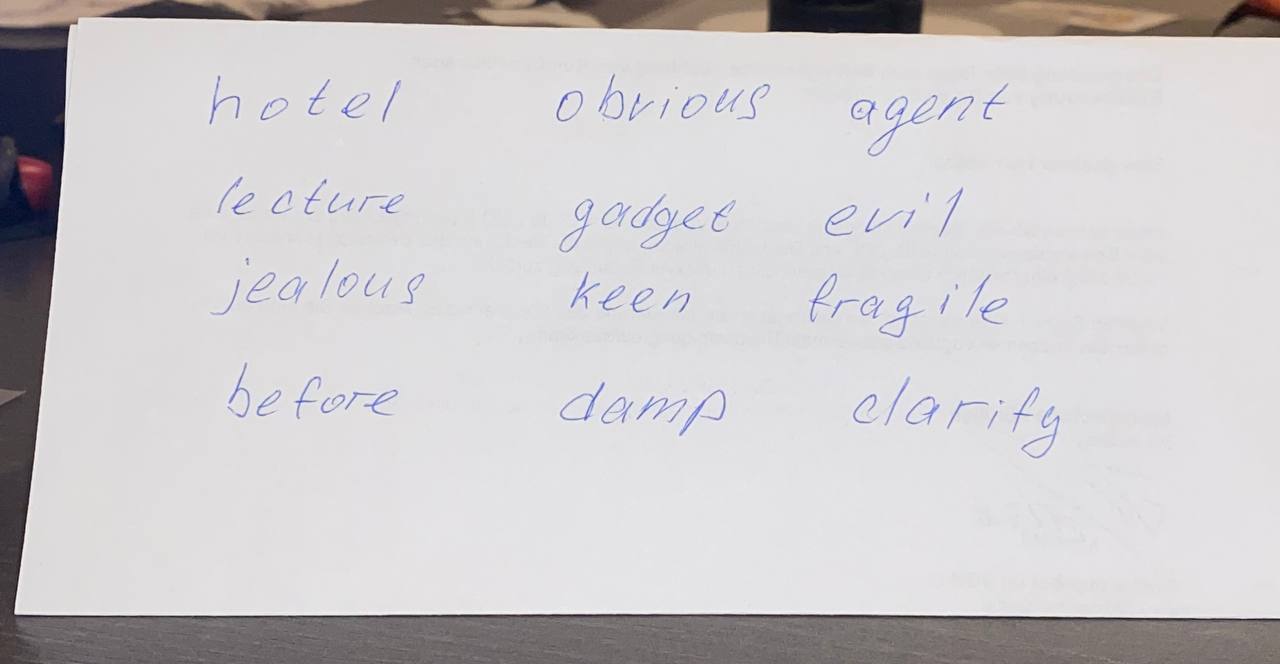How to Keep Your Crypto Funds Safu
Cryptocurrencies are a new and rapidly evolving asset class. As such, there are a number of risks associated with storing and using cryptocurrency. However, there are also a number of best practices that can help you to keep your crypto funds safe.
In this article, we will discuss the ten best practices for keeping your crypto funds safu. We will cover topics such as:
- Choosing a secure wallet
- Using strong passwords and passphrases
- Keeping your seed phrase safe
- Avoiding phishing attacks
- Staying up-to-date on security best practices
Choosing a secure wallet
The first step to keeping your crypto funds safe is to choose a secure wallet. There are a number of different types of wallets available, each with its own strengths and weaknesses.
Hot wallets are online wallets that are connected to the internet. Hot wallets are convenient for making transactions, but they are also more vulnerable to attack. Cold wallets are offline wallets that are not connected to the internet. Cold wallets are more secure than hot wallets, but they are also less convenient for making transactions.
Cold wallets are offline wallets that are not connected to the internet. Cold wallets are more secure than hot wallets, but they are also less convenient for making transactions.
The best type of wallet for you will depend on your individual needs and risk tolerance. If you are looking for a convenient way to make transactions, then a hot wallet may be a good option for you. However, if you are looking for the most secure way to store your crypto funds, then a cold wallet may be a better choice.
Using strong passwords and passphrases
Once you have chosen a wallet, you need to use strong passwords and passphrases to protect your funds. Passwords should be at least 12 characters long and should include a mix of upper and lowercase letters, numbers, and symbols. Passphrases are even better than passwords, as they are longer and more complex.
Keeping your seed phrase safe
Your seed phrase is the master key to your wallet. It is a series of words that can be used to recover your wallet if you lose your password or if your computer is hacked. It is important to keep your seed phrase safe and secure.
Avoiding phishing attacks
Phishing attacks are a common way for hackers to steal cryptocurrency. Phishing attacks involve sending emails or text messages that appear to be from a legitimate source, such as a cryptocurrency exchange or wallet provider. The emails or text messages will often contain a link that, when clicked, will take the victim to a fake website that looks like the real website. Once the victim enters their login information on the fake website, the hacker can steal it.
To avoid phishing attacks, you should never click on links in emails or text messages that you are not expecting. You should also be careful about what information you share online.
Staying up-to-date on security best practices
The cryptocurrency industry is constantly evolving, and new security threats are emerging all the time. It is important to stay up-to-date on the latest security best practices. You can do this by reading security blogs and articles, and by following the security recommendations of your wallet provider.
Additional tips
In addition to the ten best practices listed above, there are a few additional tips that you can follow to keep your crypto funds safe:
- Keep your software up to date. Software updates often include security patches that can help to protect your wallet from attack.

- Use a firewall and antivirus software. A firewall can help to protect your computer from unauthorized access, and antivirus software can help to protect your computer from malware.
- Be careful about what websites you visit and what links you click on. Phishing attacks often involve sending emails or text messages with links to fake websites. If you are not sure whether a website is legitimate, you should avoid clicking on any links on the website.
- Be careful about what information you share online. Do not share your login information or your seed phrase with anyone.
Conclusion
By following these best practices, you can help to keep your crypto funds safe. However, it is important to remember that there is no such thing as perfect security. Even if you follow all of these best practices, there is still a risk that your funds could be stolen. However, by following these best practices, you can significantly reduce the risk of losing your funds.












![[ℕ𝕖𝕧𝕖𝕣] 𝕊𝕖𝕝𝕝 𝕐𝕠𝕦𝕣 𝔹𝕚𝕥𝕔𝕠𝕚𝕟 - Is Trump Dying? Or Only Killing The Market?](https://cdn.bulbapp.io/frontend/images/a129e75e-4fa1-46cc-80b6-04e638877e46/1)



![[FAILED] Engage2Earn: McEwen boost for Rob Mitchell](https://cdn.bulbapp.io/frontend/images/c798d46f-d3b8-4a66-bf48-7e1ef50b4338/1)




